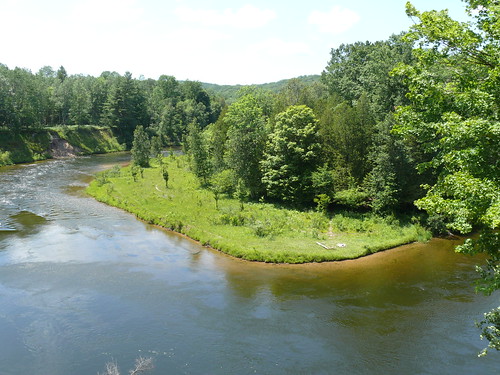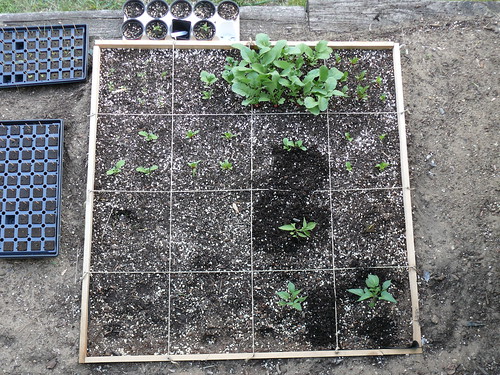Due to budget cutbacks, the City of Grand Rapids has had to remove the lighthouse beacons from the Grand River at the base of the Sixth Street Bridge Dam. This has had disastrous consequences.
TURTLES have been RUNNING AGROUND on the ROCKS!!!! Without beacons marking the deeper channels, turtles can’t avoid the rocks as they build up speed to leap the dam on their annual migrations northward.
Please: Think of the Turtles.













